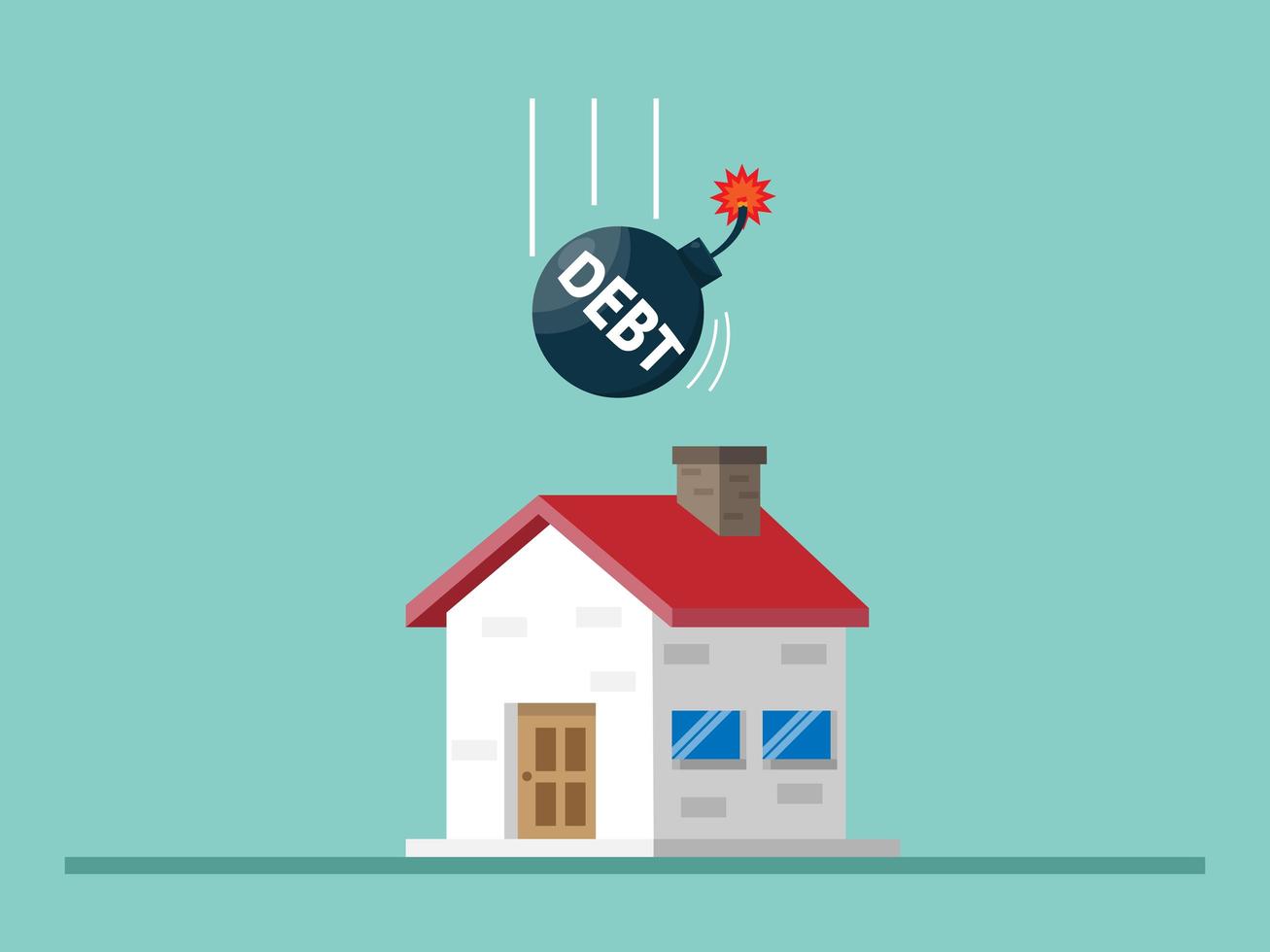Low rates and the promise of riches from ever rising home prices sent Canadians on an epic debt binge. Statistics Canada (Stat Can) data shows the household debt to disposable income ratio tied the record in Q1 2022. A tie might sound like we’ve seen this before, but interest rates make this situation stand out. Having such a high ratio at this level, it’s easy to see why inflation is soaring. It’s also easy to see why rising rates are going to be a much bigger drag on the economy this time around.
Canadian Households Owe $1.80 For Every $1 They Earn
Yet another indicator showing Canada’s epic debt binge surfaced this week. The ratio of household credit market debt to disposable income hit 180.2% in Q1 2022. It’s an increase of 0.9 points from the previous quarter and 10 points higher than last year. More bluntly, households owe $1.80 in debt for every dollar of disposable income they make. It’s a lot of debt.
Debt To Income Ratio Growth Slowed, But Still Strong
There’s bad news and good… well, less bad news. The bad news is the increase is the most points gained for the ratio in a 12-month period, going back over 30 years. Nothing even close to a 10.1 point increase has appeared since 1990, as far back as the data goes. Remember, this means household debt grew 10 points faster than income.
A mixed point, depending on who you are, is that the ratio has begun to decelerate. Growth was progressively smaller over the past 4 quarters, with Q1 2022 less than a fifth the size of Q2 2021. Peak growth is now behind us, though credit is still outpacing income.
On one hand, a slowdown can seem good. Households aren’t approaching a precarious situation at such a rapid rate. However, if economic growth was fueled by a debt binge, a credit slowdown can mean the economy slows. That’s the big issue with credit-driven recoveries in a nutshell. A boom-bust trajectory is fast but causes the most damage to households.
Canada’s Economy Likely To See A Bigger Drag This Time Around
As mentioned earlier, the debt to income ratio is tied with a previous record. The assumption might be, oh — we tackled the issue just in time, right? It was only Q4 2018 when the previous high was reached, and the overnight rate was 1.75%, the neutral policy rate. At neutral, monetary policy no longer stimulates credit growth. Below the neutral rate is like pouring gas on the fire, which is where Canada is.
The data reported in Q1 2022 shows the ratio was reached with the overnight rate peaking at 0.75% in the quarter. While it has since climbed to 1.50%, the neutral rate is now estimated to be in the range of 2.0% and 3%. Credit is still receiving stimulus to grow, with annual growth remaining quite high. A lot of complaining about higher interest rates doesn’t change that it’s still below 2019 levels, with inflation at a 30+ year high.
Sensitivity of this debt is the most important takeaway. It might be the same ratio as 2018, but the circumstances are very different due to interest rates. As interest rates rise to the neutral level, more capital will be required to pay off the debt. Future economic growth was borrowed to create inflation… and they may have gone a little overboard, to say the least.
